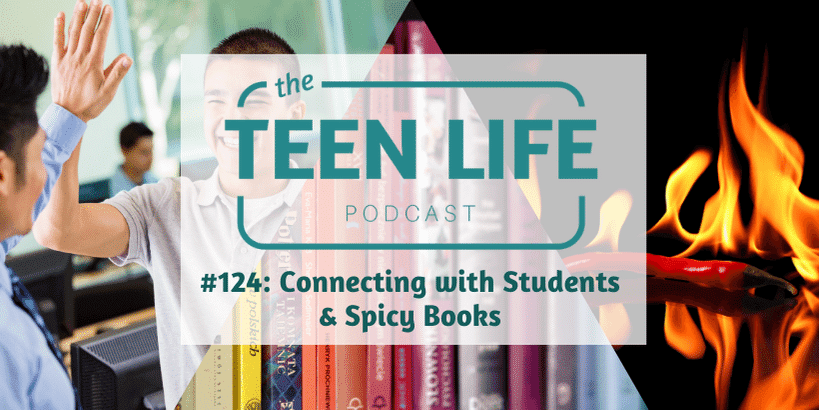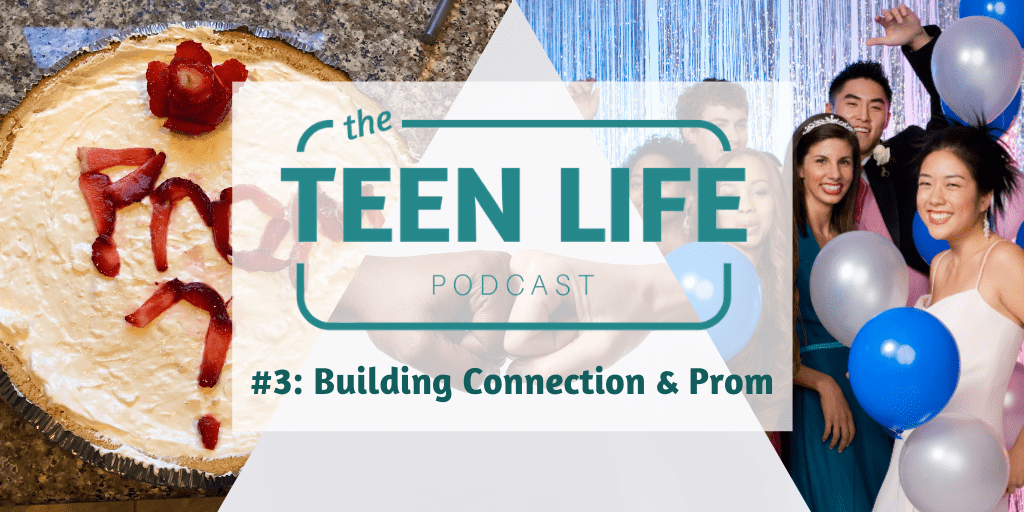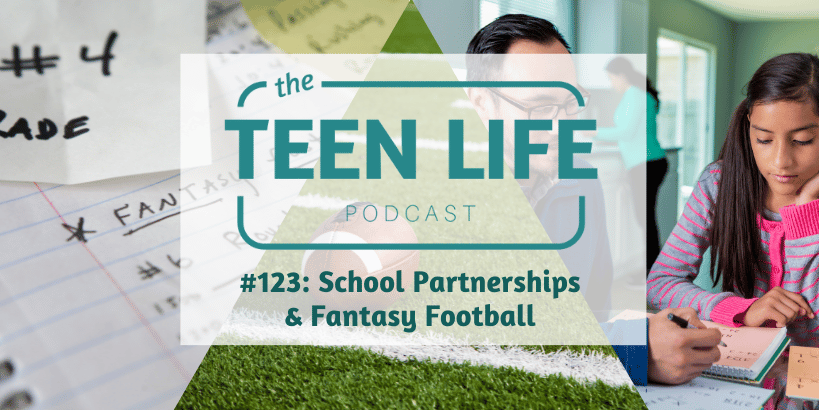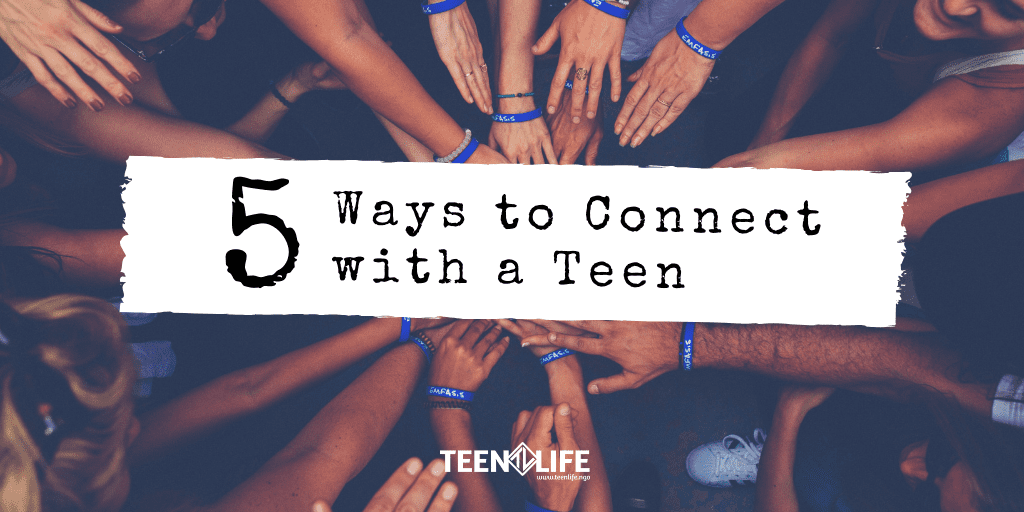Podcast: Play in new window | Download
Connecting with students can make all the difference.
In the fast-paced world of education, it’s essential to recognize the impact of connecting with students on their academic performance and overall well-being. Fostering strong connections with students can lead to better attendance, better motivation, and more positive outcomes in the classroom.
The Teacher-Student Relationship: Connecting with Students
One of the cornerstones of academic success is the teacher-student relationship. Cultivating a connection with students can make all the difference in their educational journey. As we delve into the importance of connecting with students, it’s crucial to understand that these connections go beyond the curriculum. They are built on trust, respect, and genuine care for the students’ growth and development.
Studies consistently show that students who feel a strong connection with their teachers tend to excel in their studies. The positive rapport created enhances their engagement in the learning process. They’re not only more likely to attend classes regularly but also actively participate and invest more effort into their assignments.
Behavioral Benefits of Connecting with Students
Building meaningful connections with students also has a profound impact on their behavior. When educators prioritize connecting with students, it has the power to reduce behavioral problems. It’s almost like having a calming effect on students, making them more receptive to classroom expectations and guidelines.
Positive interactions with teachers stimulate the release of dopamine in students’ brains, known as the “feel-good” neurotransmitter. This not only elevates their mood but also kick-starts a cycle of increased motivation. The more students feel valued and acknowledged, the more motivated they become, leading to improved behavior and overall performance.
Creating a Safe Environment
The classroom environment plays a pivotal role when building connections. When teenagers feel psychologically safe, they are more likely to engage in various classroom activities. This safety net encourages them to participate in class discussions, ask questions, tackle challenging assignments, and collaborate with their peers.
Imagine a classroom where students feel free to express themselves without fear of ridicule or judgment. In that space, connection becomes the foundation for a collaborative learning journey. Students are more willing to take risks and explore new ideas. They are more likely to thrive!
So how can teachers and school staff connect to students?
- Show up to what matters to them- sporting events, concerts, plays, award ceremonies.
- Do a check-in. Fist-to-five works great and then you know who to check on after class.
- Follow up on stuff outside of class. Ask how the game went or how their job is going. Don’t only talk to them about school!
- Model social skills like turn-taking, cooperation, and empathy on a daily basis. You can take it a step further and explain the behaviors you’re modeling. The next time you’re feeling frustrated, tell your students how you’re feeling. Talk about how you deal with frustration, such as taking a few deep breaths.
- Look for ways to praise and compliment. Praise the effort rather than the outcome!
- Create an environment where laughter is welcome! Encourage students to ask questions, make mistakes, and engage.
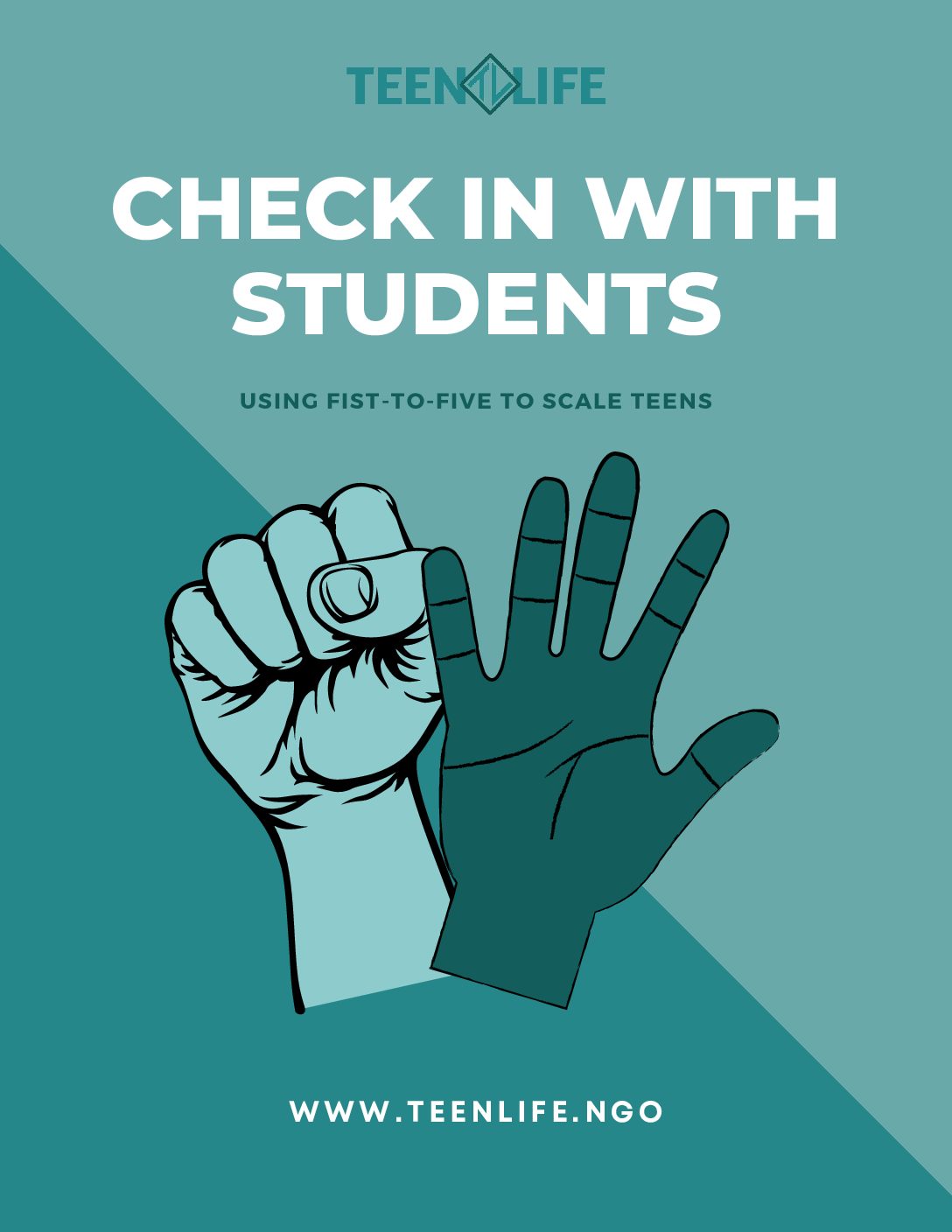
Fist-to-Five Check-In
Have students make a fist. On this scale, “fist” means bad. zero. low. the worst. Then, have students hold up 5 fingers. “Five” means the best. never better. awesome! Now, ask a question and have them hold up a number between “fist” and “five” to represent how they are feeling.
Download the pdf for questions to ask and easy-to-share instructions.
Creating a Safe Environment
Prioritizing connection is a transformational approach to education. The positive impact extends beyond the classroom, setting students up for success in and outside of the classroom.
For many students, the most positive interactions they have in a day are with school staff. We appreciate the hard work that teachers, counselors, administrators and other do!
By celebrating student successes, offering support during challenges, and creating an environment where teens feel valued and heard, we empower our students to reach their full potential and shape a brighter future.
Also in this episode
Is your teen reading spicy books?
Spicy books, known for their edgy and romantic themes, have been captivating the hearts and minds of teens all over. In this episode, we’ll explore what makes spicy novels so appealing to teenagers, the impact they can have on young readers, and how parents and educators can navigate this literary landscape.
Spicy book terms to know
- Spicy, Smutty, Steamy
All implies that there is sexual content in a book. - ?️
Spicy or shows a spice rating out of 5 peppers - Sweet Romance
Focus is mostly on emotional intimacy. There may be sexual tension, but does not contain sex scenes. Could still contain some mild language. - Clean Romance
Generally means no on-page sex, violence, or cursing. - Closed-Door
When the reader knows that a couple had sex in the book, but it “fades to black” and has no on-page sex scenes.
In this episode, we mentioned or used the following resources about connecting with students & spicy books.
- Understood.org: Building positive relationships with students: What brain science says
- Teen Life Podcast: School Partnerships | BookTok
- Red Wolf Press: IS THIS BOOK AGE-APPROPRIATE? HOW TO FIND AGE AND CONTENT INFORMATION
- Amazon: A Court of Thorns and Roses
- Libby App
- Kindle Unlimited
- Amazon.com
- Goodreads.com
- Commonsensemedia.org
- Podcast music by Luke Cabrera & Tobin Hodges
Have a question?
If you have a question about something you heard or just want to give us some feedback, please leave us a comment below. We would love to hear from you!
About Us

Chris Robey
Former CEO

Karlie Duke
Communications Director
Chris Robey | Former CEO
Chris has spent most of his career empowering teenagers from all backgrounds. As the former leader of Teen Life, he is passionate about helping students make good choices while also giving adults the tools they need to communicate more effectively with teens. Chris is a graduate of Midwestern State University and holds a Master’s Degree in Family Life Education from Lubbock Christian University.
Karlie Duke | Director of Communications
Karlie has always had a heart for teenagers. Through her role at Teen Life, she loves to showcase the amazing stories coming out of Support Groups, but she is especially passionate about helping adults and teenagers find connection. Karlie has a BS in Communications with a minor in Family Studies from Abilene Christian University.
